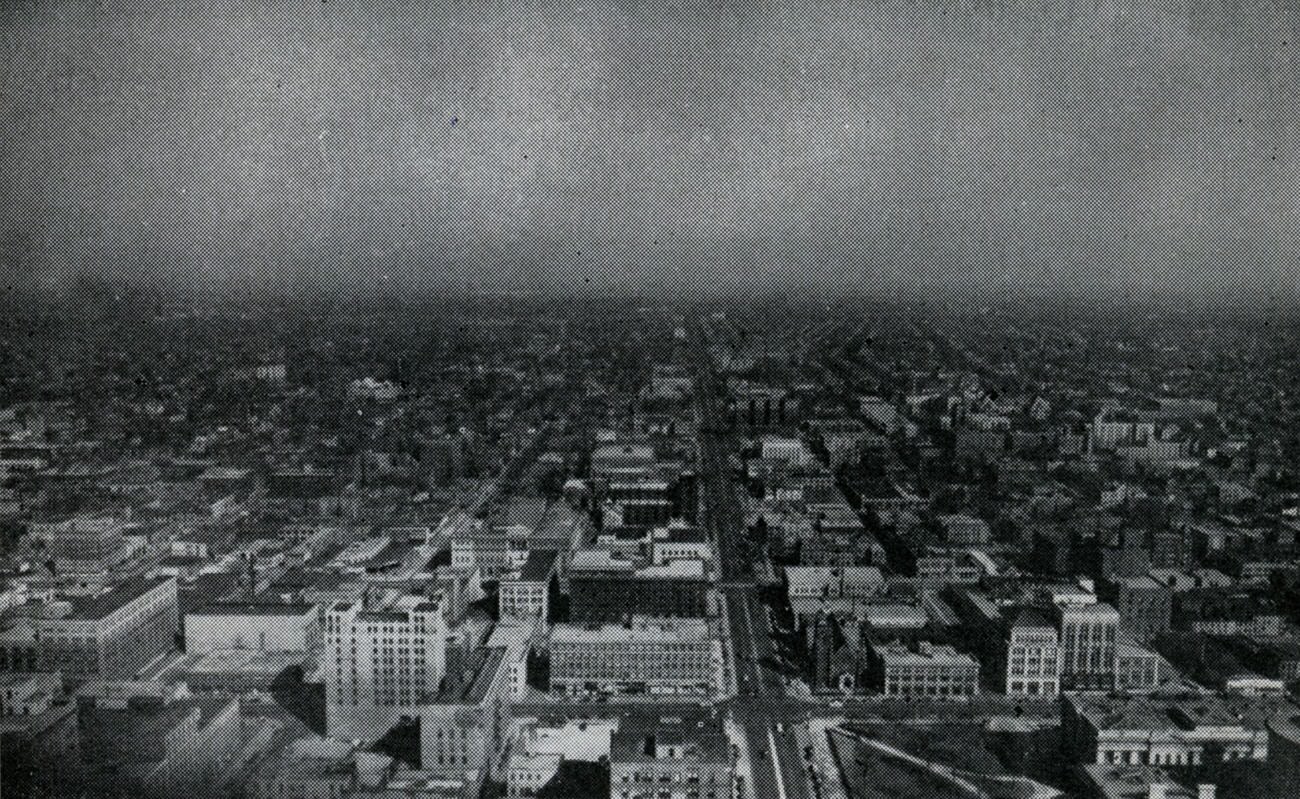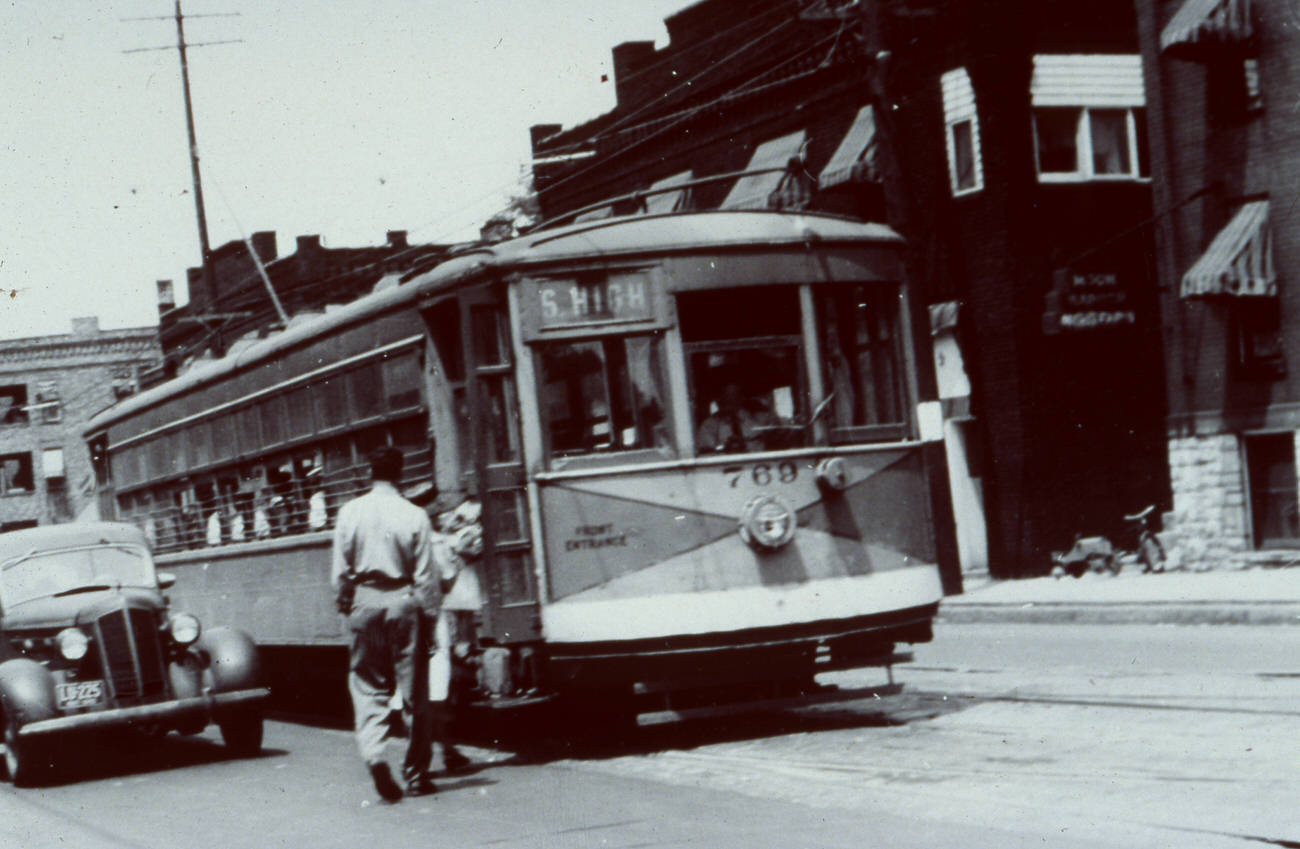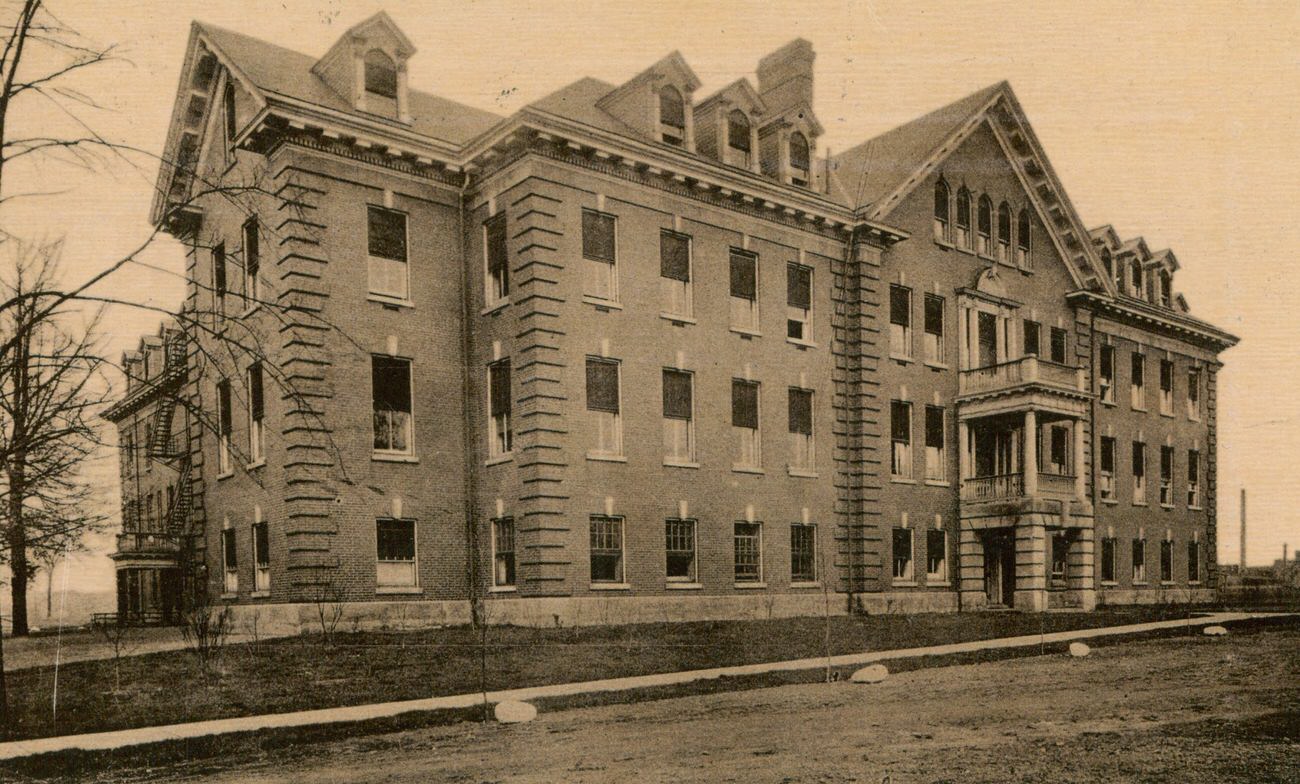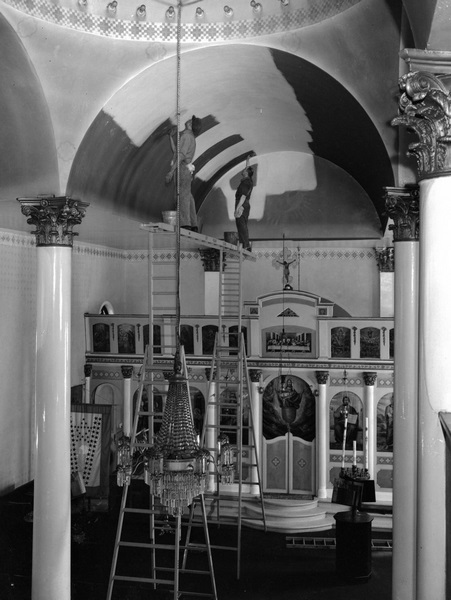The 1940s in Columbus, Ohio, were a time of immense change and growth. Emerging from the shadow of the Great Depression and World War II, the city pulsed with a newfound energy. The streets bustled with activity, reflecting a community that was rebuilding and redefining itself.
The war effort had left its mark on Columbus. Factories that once produced consumer goods had been retooled to support the military, churning out airplanes, tanks, and other vital equipment. The Curtiss-Wright Corporation, for example, became a major employer, drawing workers from across the state to its massive airplane manufacturing plant. Many women entered the workforce for the first time, filling positions traditionally held by men who were serving overseas. This shift in demographics challenged societal norms and paved the way for future generations of women to pursue careers outside the home.
With the end of the war, Columbus experienced a surge in population. Returning veterans, eager to start families and build new lives, flocked to the city. This influx created a demand for housing, leading to the development of new suburbs like Upper Arlington and Bexley. These communities offered spacious homes with modern amenities, a stark contrast to the crowded apartments and aging houses of the inner city.
Downtown Columbus remained the heart of the city. High Street, with its grand department stores like Lazarus, F&R Lazarus, and Morehouse-Martens, was a shopper’s paradise. Families strolled down the bustling sidewalks, admiring window displays and enjoying the vibrant atmosphere. Movie theaters like the Ohio and the Palace offered escape and entertainment, showcasing the latest Hollywood films. For a taste of local flavor, residents could catch a Columbus Red Birds minor league baseball game at Red Bird Stadium.
The city’s German heritage was still evident in the 1940s, particularly in the German Village neighborhood. Traditional restaurants served hearty dishes like sauerkraut and schnitzel, while bakeries offered a tempting array of pastries and breads. The annual Oktoberfest celebration was a highlight, drawing crowds with its lively music, dancing, and, of course, plenty of beer.
As the decade progressed, the automobile became increasingly important in the lives of Columbus residents. Car ownership soared, and with it, the need for better roads and infrastructure. The construction of freeways, such as the Outerbelt, facilitated travel and connected the growing suburbs to the downtown core. Drive-in restaurants, like the iconic Hamburger Inn on North High Street, catered to this new car culture, offering a convenient and casual dining experience.
















































These are cool. I used to go into Beechwold hardware as a little kid in the 70’s, a few blocks from where I grew up. It’s still there.